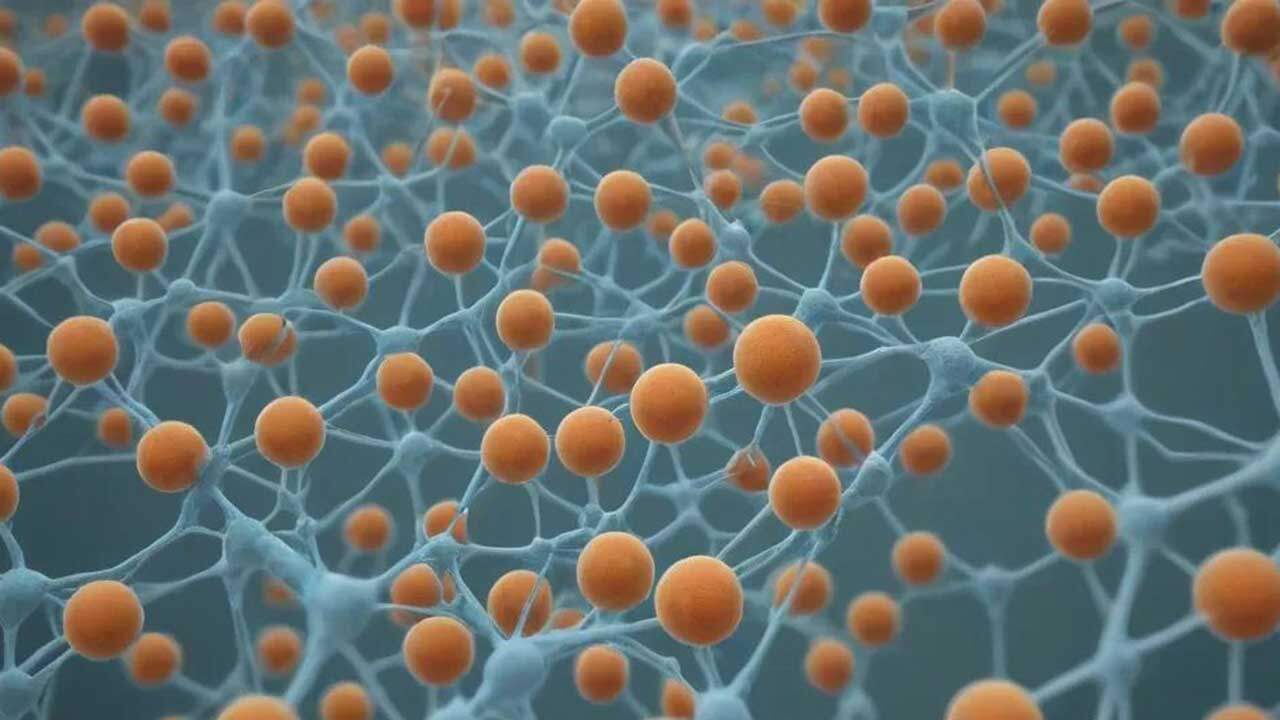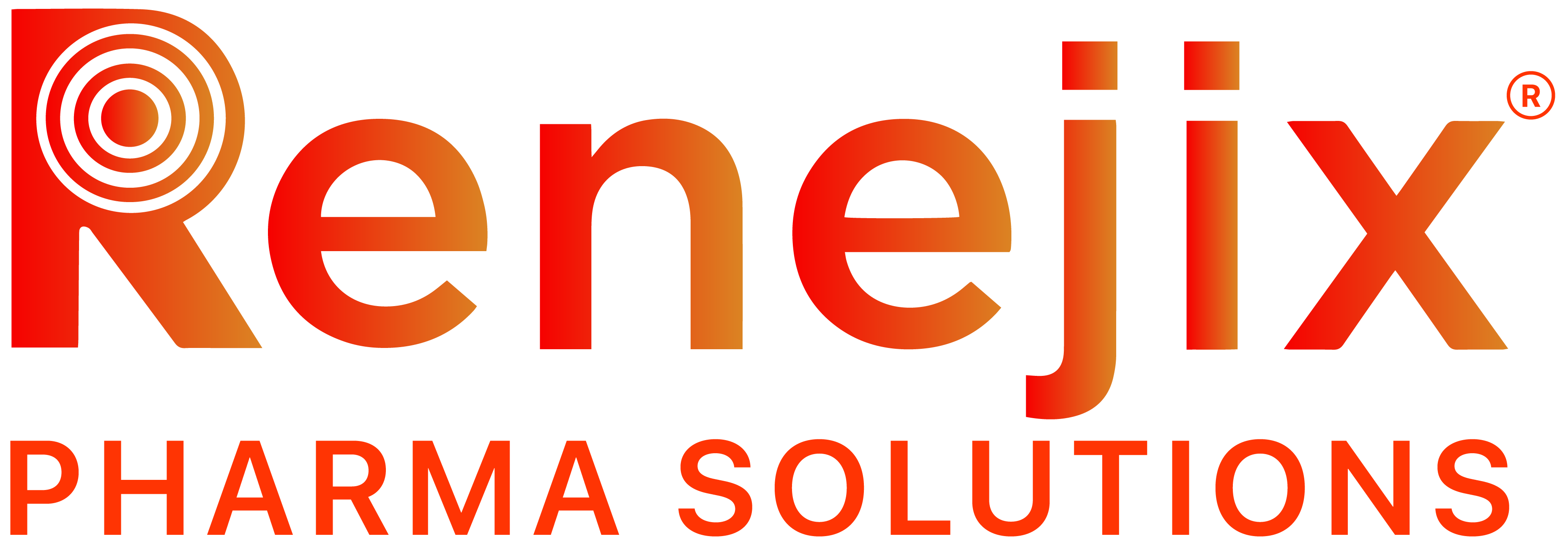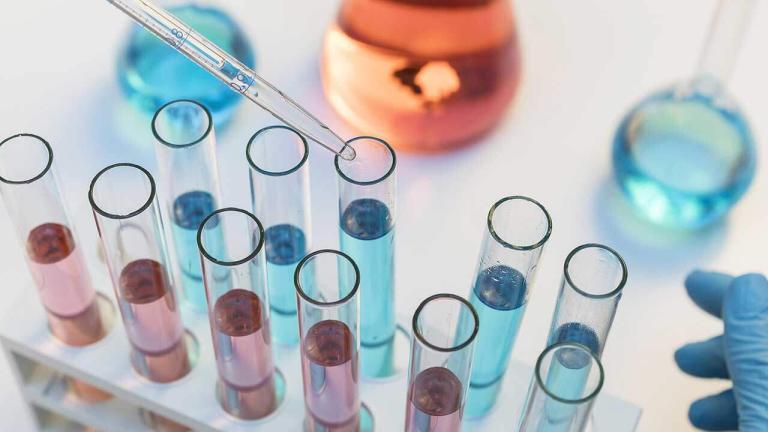
Lipid-based formulations stand as a pivotal advancement in pharmaceuticals, offering a multifaceted approach to drug delivery that can significantly enhance the bioavailability of compounds with poor aqueous solubility. This attribute alone makes lipids a compelling choice for formulators.
The American Association of Pharmaceutical Scientists’ (AAPS) Lipid-Based Focus Group and an extensive body of literature provide foundational knowledge and evidence of the efficacy of lipid-based drug delivery systems (LBDDS), further bolstering the case for their utilization.
One of the primary benefits of using lipids in pharmaceutical formulations is their ability to improve the solubility and, consequently, the bioavailability of poorly water-soluble drugs. This is a critical advantage, considering the high proportion of new chemical entities that possess poor aqueous solubility. LBDDS can significantly enhance the absorption of these compounds by facilitating their dissolution and transport through the gastrointestinal tract.
However, the advantages of lipid formulations extend beyond mere solubility enhancement. The complexity and variability of lipid raw materials offer a broad spectrum of formulation strategies but also require a nuanced understanding of their properties.
Different sources of the same lipid can have varying fatty acid compositions, affecting the product’s stability, digestibility, and clinical efficacy. This variability underscores the importance of a quality-by-design (QbD) approach to lipid-based drug development, where understanding and controlling material attributes is crucial to achieving desired product quality and performance.
Moreover, lipid formulations can be engineered to protect active pharmaceutical ingredients (APIs) from the harsh conditions of the gastrointestinal tract, potentially reducing degradation and improving bioavailability. The versatility of lipid systems, such as self-emulsifying drug delivery systems (SEDDS and SMEDDS), allows for the incorporation of a variety of functional excipients, including emulsifiers, co-solvents, and crystallization inhibitors. These components work synergistically to create stable, bioavailable drug products.
The development of effective lipid-based formulations also challenges traditional formulation paradigms, such as the reliance on the hydrophilic-lipophilic balance (HLB) concept. The HLB system, while useful as a starting point, often falls short in practice due to the diverse chemistries and functionalities of surfactants.
Successful lipid formulation requires a comprehensive understanding of the interactions between different formulation components, highlighting the need for a holistic approach to formulation design.
Starting a lipid formulation project involves navigating a complex landscape that merges the potential of lipid excipients with the intricate demands of pharmaceutical development. Here are key pieces of advice for someone venturing into this exciting field:
1. Understand the Basics of Lipid Chemistry
Begin with a solid foundation in the chemistry and biology of lipids. Knowing the types of lipids (e.g., triglycerides, phospholipids) and their behavior in biological systems is crucial. This knowledge will guide the selection of suitable lipids based on drug properties and intended delivery route.
2. Recognize the Importance of Lipid Selection
Select lipids that are not only biocompatible and safe but also appropriate for the intended application. Consider the lipid’s physical and chemical properties, such as melting point and molecular weight, and how these attributes influence drug solubility, stability, and release profile.
3. Leverage the Advantages of LBDDS
Capitalize on the benefits of lipid-based drug delivery systems, such as enhanced absorption and permeation, by understanding how they interact with the GI tract. This includes recognizing the role of lipids in facilitating drug transport across biological membranes and improving bioavailability.
4. Address Stability Concerns
Acknowledge and plan for the inherent stability challenges of lipid formulations. Employ strategies to mitigate the effects of environmental factors such as temperature and humidity. This might involve sophisticated formulation techniques or packaging solutions that protect the formulation.
5. Implement Quality by Design (QbD)
Adopt a QbD approach from the outset. Identify critical material attributes (CMAs) and critical quality attributes (CQAs) of your lipid formulation. This proactive strategy helps in understanding the formulation process and ensures consistent product quality and performance.
6. Explore Innovative Formulation Strategies
Experiment with novel lipid-based technologies, such as self-emulsifying drug delivery systems (SEDDS), to overcome solubility and stability issues. Be open to using combinations of lipids and surfactants to achieve the desired therapeutic effect.
7. Conduct Thorough Compatibility and Stability Studies
Before finalizing the formulation, conduct compatibility studies between the drug and lipid excipients. Stability studies under various conditions are essential to predict the shelf-life and ensure the formulation maintains its efficacy over time.
8. Engage with Regulatory Guidelines Early
Familiarize yourself with regulatory requirements for lipid-based formulations early in the development process. Understanding these guidelines can streamline the path to approval and ensure compliance.
9. Collaborate with Experts
Lipid formulation is a specialized field. Collaborating with experts in lipidology, pharmacokinetics, and pharmaceutical formulation can provide valuable insights and help troubleshoot challenges.
10. Stay Informed on Latest Advances
The field of lipid formulation is rapidly evolving. Stay abreast of the latest research, technologies, and regulatory changes to leverage new opportunities and avoid pitfalls.
Is the lipid’s potential fully comprehended, or are there still misunderstandings in the industry?
Before initiating a lipid formulation project, thorough research and meticulous analysis are imperative. Formulators must rigorously assess the physicochemical properties of the API to ensure its compatibility with a lipid-based formulation. Neglecting this crucial step and assuming that adding a lipid will magically resolve formulation issues is a significant error.
To achieve specific formulation objectives, a deep understanding of the stringent criteria for lymphatic uptake and a comprehensive grasp of the system’s limitations are essential before making any formulation decisions.
Formulators should invest substantial effort in conducting comprehensive upfront investigations to fully understand the excipients they are working with. Scrutinizing the impact of oxygen, light, and temperature on the excipient itself, not just the API, is paramount, as product instability can often result from lipid excipient degradation rather than API instability.
Adding antioxidants to stabilize the excipients is mandatory, emphasizing the need to stabilize these components under specific processing conditions required to solubilize and deliver the API. A complete understanding of the stability requirements of lipid-based excipients is a pivotal formulation point.
When confronted with solubility or bioavailability challenges, formulators must identify available formulation options and carefully select the optimal approach. It is crucial to recognize that there is no universal solution to these problems, highlighting the need for a tailored and nuanced approach to each specific scenario.
What are the typical obstacles and errors encountered when developing lipid-based formulations?
The potential of lipids in drug formulation has been increasingly recognized within the pharmaceutical industry, driven by their unique advantages in enhancing bioavailability, solubility, and patient compliance. However, despite the substantial progress and successful integration of lipid-based drug delivery systems (LBDDS) into many FDA-approved products, misconceptions and underutilizations still persist, indicating that the full potential of lipids is not yet fully comprehended.
One common misunderstanding is the oversimplification of lipid formulation as merely mixing an active pharmaceutical ingredient (API) with a lipid carrier. This approach overlooks the complex interactions between the API, lipids, and the physiological environment, which can significantly impact the drug’s efficacy and stability. Effective lipid formulation requires a nuanced understanding of these interactions to tailor the system to the specific needs of the API and the intended therapeutic effect.
Moreover, there’s a tendency to underestimate the complexity of lipids themselves. Lipids are not uniform materials; they vary widely in terms of structure, functionality, and behavior under different conditions. This variability means that a one-size-fits-all approach to lipid formulation is ineffective. Instead, formulators must carefully select lipids based on detailed criteria, including the API’s physicochemical properties, the desired release profile, and the route of administration.
Another area of misconception revolves around the stability of lipid formulations. Lipids can be susceptible to oxidation, hydrolysis, and other degradation pathways, which can compromise the stability of the formulation and the efficacy of the API. Recognizing and addressing these challenges requires a comprehensive understanding of lipid chemistry and the inclusion of appropriate stabilizing agents, such as antioxidants, in the formulation.
The industry also grapples with the optimization of lipid formulations for specific delivery routes, particularly for enhancing lymphatic uptake, which is crucial for certain therapeutic applications. Achieving effective lymphatic transport requires precise control over the formulation’s physicochemical properties, something that is often underestimated in the early stages of development.
At what stage should companies initiate the planning for the final dosage form?
The initiation of planning for the final dosage form in drug development is a critical strategic decision that significantly impacts the success and efficiency of bringing a new pharmaceutical product to market. This planning should commence as early as possible, ideally during the preclinical phase of drug development, to ensure a seamless transition from discovery to commercialization. Early consideration of the final dosage form enables companies to address solubility, permeability, stability, and bioavailability challenges upfront, laying a solid foundation for subsequent development stages.
The focus on aqueous solubility during API development, while important, can inadvertently complicate the formulation process when transitioning to lipid-based systems for enhanced bioavailability. This underscores the necessity of considering the physical and chemical properties of the API from the onset, including its solubility in both aqueous and lipid media. Starting with the API in a free base form, when possible, facilitates easier incorporation into lipid-based formulations, which can significantly improve the drug’s bioavailability and therapeutic efficacy.
Integrating the planning for the final dosage form early in the drug development process allows for a holistic approach that incorporates the physicochemical properties of the API, the therapeutic target, and the intended patient population. This early-stage planning enables formulation scientists to explore various formulation strategies, such as lipid formulations, spray drying, hot melt extrusion, or nanoparticle systems, to overcome solubility and permeability challenges. Each of these approaches has its advantages and challenges, and selecting the most appropriate strategy requires a deep understanding of the API’s characteristics and the formulation goals.
Moreover, early decision-making regarding the final dosage form can streamline the development process by identifying potential regulatory hurdles, manufacturing challenges, and scalability issues that could impact the commercial viability of the product. Addressing these considerations early can facilitate a smoother regulatory approval process and reduce the risk of costly reformulations or clinical studies down the line.
Another critical aspect of early planning is the selection of appropriate excipients and packaging materials that are compatible with the API and the final dosage form. This requires a comprehensive understanding of the interactions between the API, excipients, and packaging materials to ensure the stability and integrity of the product throughout its shelf life.
Any last suggestions?
Thorough Background Research:
Invest a significant amount of time in conducting thorough background research to gain a comprehensive understanding of your drug and the problem you aim to solve. This preparation will prove invaluable in the long run.
Clear and Well-Defined End Goal:
Start with a clear and well-defined end goal in mind. Setting precise and ambitious objectives is crucial for creating a meticulously developed plan for drug development. Consider regulatory requirements early on to determine exactly where you need to end up, ensuring alignment with critical attributes and vital goals from the beginning. Seeking expert advice early in the process can provide valuable insights and help devise the optimal filing strategy for your compound.
Utilize Expertise of Excipient Suppliers:
Do not underestimate the valuable expertise that excipient suppliers possess. Their extensive knowledge of lipid formulation, manufacturing, and stability can provide unparalleled guidance to companies facing challenges associated with the broad specifications of lipid and other solution-enabling ingredients.







